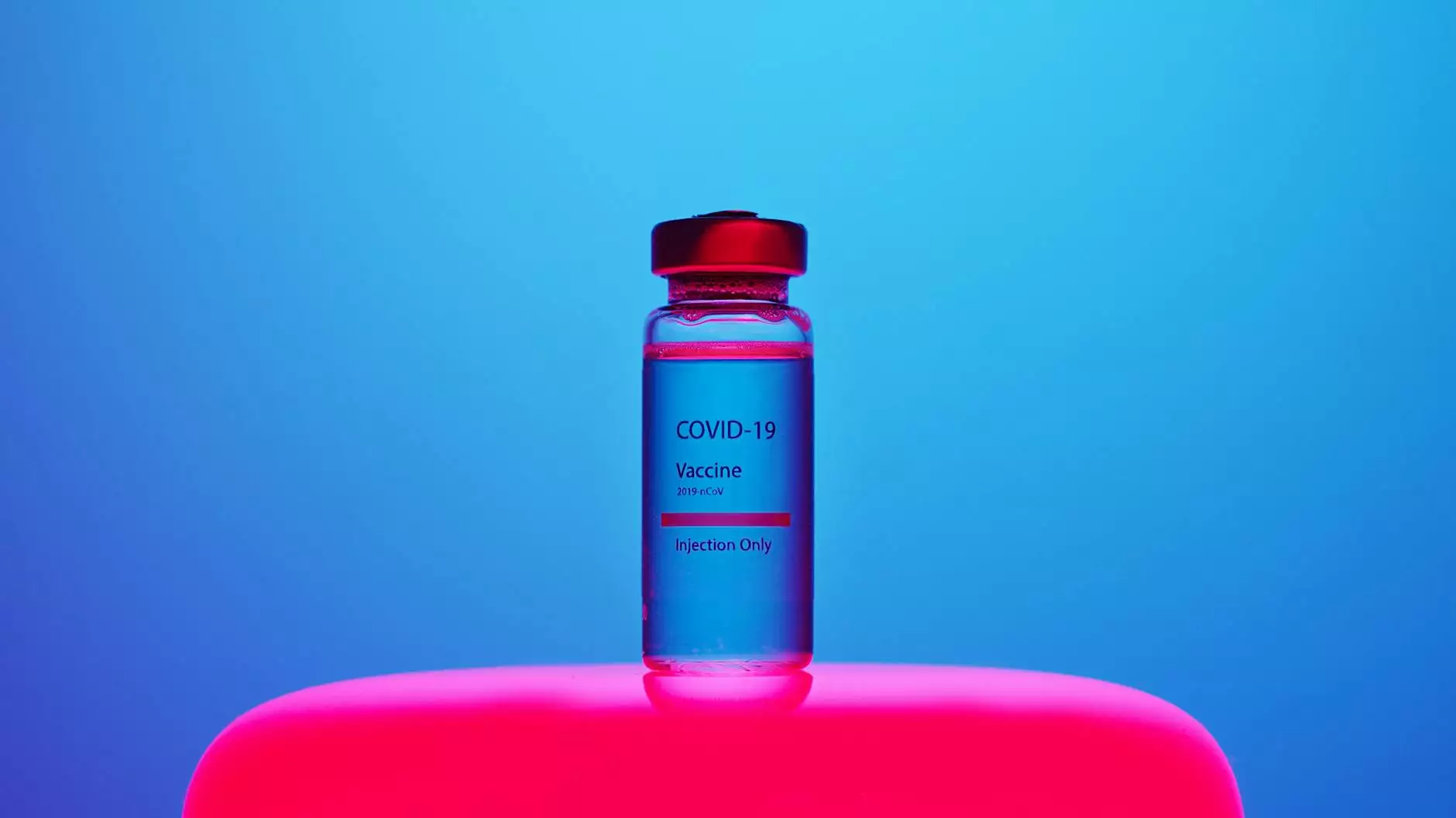Understanding IT Band Syndrome: Causes, Symptoms, and Treatments

IT Band Syndrome, also known as Iliotibial Band Syndrome (ITBS), is a common overuse injury that often affects runners, cyclists, and other athletes. This condition occurs when the iliotibial band, which runs along the outer thigh from the hip to the knee, becomes tight or inflamed. In this article, we will delve into the causes, symptoms, preventative measures, and treatment options for IT Band Syndrome to help you regain your mobility and return to your favorite activities.
What is IT Band Syndrome?
The iliotibial band is a thick band of fascia that plays a critical role in stabilizing the knee. When you experience IT Band Syndrome, the band becomes irritated, usually due to repetitive friction against the bony structures on the outside of the knee. This syndrome often leads to pain, discomfort, and limited mobility.
Causes of IT Band Syndrome
Understanding the root causes of IT Band Syndrome is essential for effective prevention and treatment. Here are some common factors that may contribute to the development of this condition:
- Overuse: Engaging in activities that involve repetitive knee bending, such as running or cycling, can lead to inflammation of the IT band.
- Biomechanical Issues: Poor alignment in the hips, knees, or feet can increase stress on the IT band.
- Improper Footwear: Wearing shoes that do not provide adequate support can exacerbate the issue.
- Training Errors: Sudden increases in training intensity or duration without proper conditioning can lead to ITBS.
- Muscle Weakness: Weakness in the hip abductor muscles can contribute to instability, leading to irritation of the IT band.
Symptoms of IT Band Syndrome
Recognizing the signs and symptoms of IT Band Syndrome is crucial for early intervention. Common symptoms include:
- Outer Knee Pain: Experiencing pain on the outer part of the knee, especially when bending or straightening the leg.
- Swelling: Mild swelling around the site of pain.
- Clicking or Popping: A feeling of catching or snapping at the knee when the leg is moved.
- Discomfort during Activities: Increased pain during activities like running or cycling, especially on inclines.
Prevention of IT Band Syndrome
Preventing IT Band Syndrome involves a combination of proper training techniques, strengthening exercises, and flexibility work. Here are some effective strategies:
- Gradual Progression: Increase your activity level gradually to avoid overuse injuries.
- Cross-Training: Incorporate low-impact exercises like swimming or cycling to reduce strain on the IT band.
- Stretching and Strengthening: Regularly perform stretches focusing on the hip and leg muscles. Strengthening the hip abductors can enhance stability.
- Proper Footwear: Invest in shoes that offer good support tailored to your foot type.
- Surface Variety: Whenever possible, run on softer surfaces, like grass or dirt trails, to minimize impact.
Treatment Options for IT Band Syndrome
If you are experiencing symptoms of IT Band Syndrome, it is important to consult a healthcare professional for an accurate diagnosis. Treatment approaches may include:
1. Rest and Recovery
Taking a break from activities that aggravate the IT band is crucial. Rest allows inflammation to decrease and gives your body a chance to heal.
2. Ice Therapy
Applying ice to the affected area for 15-20 minutes several times a day can help reduce pain and swelling.
3. Physical Therapy
A physical therapist can develop a customized rehabilitation program that includes:
- Stretching Exercises: Targeting the iliotibial band and other tight muscles in the leg.
- Strengthening Exercises: Focusing on the hip and core muscles to improve stability.
- Gait Analysis: Analyzing running or walking patterns to identify biomechanical issues.
4. Anti-Inflammatory Medications
Over-the-counter nonsteroidal anti-inflammatory drugs (NSAIDs) can help relieve pain and reduce swelling.
5. Corticosteroid Injections
In more severe cases, a healthcare provider may recommend corticosteroid injections to reduce inflammation directly in the IT band area.
6. Gradual Return to Activity
Once symptoms have improved, it is essential to gradually return to activities. Start with low-impact exercises and progressively increase intensity.
Living with IT Band Syndrome
Dealing with IT Band Syndrome can be frustrating, especially for active individuals. However, understanding your body and making necessary adjustments can greatly improve your condition. Here are some tips to help you manage life with IT Band Syndrome:
- Listen to Your Body: Pay attention to signs of discomfort and adjust your activities accordingly.
- Stay Consistent: Regularly perform prescribed exercises to maintain flexibility and strength.
- Monitor Your Progress: Keep track of your symptoms and improvements to discuss with your healthcare provider.
- Seek Support: Join groups or communities for individuals dealing with similar issues to share experiences and tips.
Conclusion
IT Band Syndrome can be a challenging condition, especially for those who are passionate about physical activity. By understanding its causes, recognizing symptoms early, and implementing preventive and treatment strategies, you can effectively manage and overcome this condition. Don’t hesitate to seek professional advice for a tailored approach that suits your individual needs.
Remember, your health and well-being come first. Stay informed, stay active, and prioritize a balanced approach to your training to avoid IT Band Syndrome in the future!



